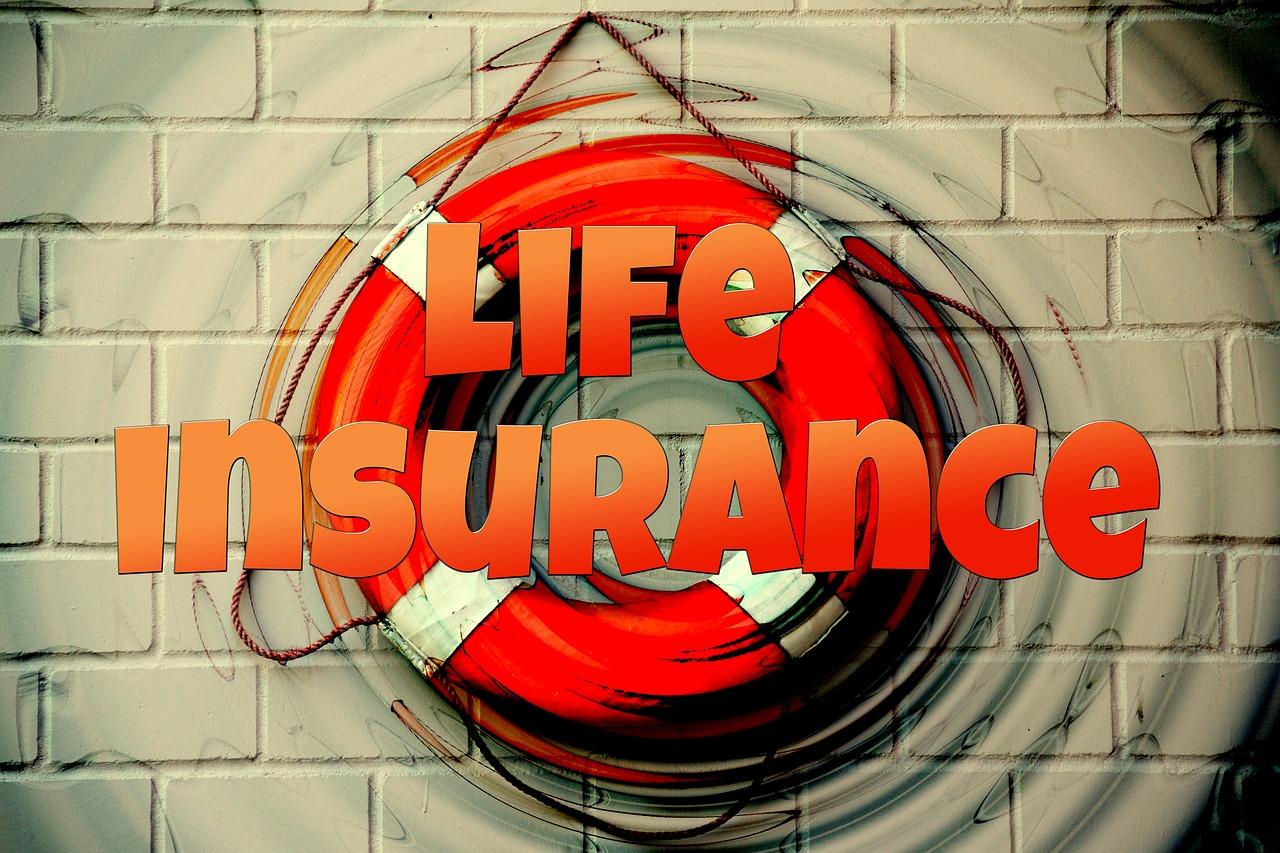Life insurance is a critical aspect of financial planning, and it can provide peace of mind for you and your family in the event of your death. Understanding the various life insurance policies can help you choose the best option. Here are the most common types of life insurance policies:
Term Life Insurance
Term life insurance is the most straightforward form of life insurance. It provides coverage for a specific period, typically 10, 20, or 30 years. If you die during the policy term, the death benefit will be paid to your beneficiaries. If you don’t die during the term, the policy will expire, and you won’t receive any death benefit.
Also read: What You Need to Know About Life Insurance
Whole Life Insurance
Whole life insurance, also known as permanent life insurance, provides coverage for your entire life as long as you pay your premiums. This type of life insurance also has a cash value component that grows over time, providing additional savings for you. Whole life insurance policies are typically more expensive than term life insurance policies, but they offer more benefits and are more flexible.
Universal Life Insurance
Universal life insurance is similar to whole life insurance but provides more flexibility in terms of premium payments and death benefit amounts. With universal life insurance, you can adjust your premium payments or death benefit to meet your changing needs. This type of life insurance is typically more expensive than term life insurance, but it offers more flexibility and potential for growth.
Also read: How to Choose the Right Life Insurance Policy in 2023
Variable Life Insurance
Variable life insurance is a type of permanent life insurance that allows you to invest a portion of your premium into various investment options, such as mutual funds or stocks. This type of life insurance allows the policy’s cash value component to growing at a potentially higher rate than other types of life insurance. However, it also carries more risk, as the policy’s cash value is tied to the performance of the underlying investments.
Final Expense Life Insurance
Final expense life insurance, also known as burial insurance, is a type of whole life insurance designed to cover the costs of a funeral and other end-of-life expenses. This type of life insurance is typically sold in smaller amounts, making it more affordable for individuals who may not otherwise be able to afford a traditional life insurance policy.
Guaranteed Issue Life Insurance
Guaranteed issue life insurance is a type of whole life insurance that does not require a medical exam or health questions. This type of life insurance is ideal for individuals with pre-existing health conditions or who are not in good health. However, guaranteed issue life insurance policies are typically more expensive than other types of life insurance and offer a smaller death benefit.
Group Life Insurance
Group life insurance is a type of life insurance that is offered through an employer or other group organization. This life insurance provides coverage for all eligible group members, typically at a lower cost than individual life insurance policies. Group life insurance is a convenient option for individuals who may not otherwise be able to afford life insurance.
Key Person Life Insurance
Critical person life insurance, also known as critical man insurance, is a type of life insurance that a company purchases to protect itself against losing a key employee. This type of life insurance provides the company with a financial cushion in the event of the death of a critical employee, allowing the company to continue operating even if a key individual is no longer there.
Convertible Term Life Insurance
Convertible term life insurance is a type of life insurance policy that allows the policyholder to convert their term life insurance policy into a permanent life insurance policy, such as whole life insurance or universal life insurance. This type of life insurance allows the policyholder to change their coverage without undergoing a medical exam, which can be especially beneficial for individuals who may have experienced a change in their health status.
Joint Life Insurance
Joint life insurance is a type of life insurance policy that covers two individuals, typically a married couple, with a single policy. This type of life insurance provides a death benefit that pays out upon the death of either individual, and it can be an affordable option for couples who want to ensure that their loved ones are taken care of in the event of their death.
No Exam Life Insurance
No exam life insurance, also known as simplified issue life insurance, is a type of life insurance policy that does not require a medical exam. This type of life insurance is ideal for individuals who are in good health but do not want to undergo a medical exam or provide health information. No exam life insurance policies are typically more expensive than other life insurance policies, but they offer a convenient and quick way to obtain life insurance coverage.
Decreasing Term Life Insurance
Decreasing term life insurance is a type of term life insurance policy that provides a death benefit that decreases over time. This type of life insurance is often used with a mortgage, as the death benefit decreases with the outstanding balance. Decreasing term life insurance is a cost-effective option for individuals who want to provide financial protection for their loved ones in the event of their death.
It is important to remember that life insurance is not a one-size-fits-all solution. The best policy for you will depend on your circumstances and financial goals. It is always a good idea to shop around and compare policies from multiple insurance providers before making a final decision.
Universal Life Insurance
Universal life insurance is a type of permanent life insurance that offers both death benefit protection and a savings component. The savings component of a universal life insurance policy earns interest over time, and the policyholder can choose to use the funds to pay premiums, increase their death benefit, or withdraw the funds for other purposes. This type of life insurance allows policyholders to adjust their coverage and premium payments as their needs change.
Variable Life Insurance
Variable life insurance is a type of permanent life insurance that allows the policyholder to invest the savings component of their policy into various investment options, including stocks, bonds, and mutual funds.
This type of life insurance offers the potential for higher returns but also carries more risk than other types of life insurance policies. Variable life insurance is ideal for individuals who are looking for a long-term investment strategy and are comfortable with taking on investment risk.
Whole Life Insurance
Whole life insurance, also known as traditional life insurance, is a type of permanent life insurance that provides death benefit protection for the policyholder’s entire life. This type of life insurance is typically more expensive than term life insurance. Still, it also offers a savings component that earns interest over time and can be used for various purposes, including as a source of retirement income.
Child Life Insurance
Child life insurance is a type of life insurance policy purchased for a child. This type of life insurance protects the child, and the policy can be designed to provide a death benefit that increases over time as the child grows. Child life insurance can also serve as a savings tool for parents, allowing them to build a nest egg for their child’s future.
Conclusion
Life insurance can provide financial security for your loved ones in the event of your death, and understanding the different types of life insurance policies can help you choose the best option for your needs. Whether you prefer the simplicity of term life insurance or the flexibility of whole life insurance, it’s essential to consider your budget and long-term financial goals when deciding.
Frequently Asked Questions (FAQs) About Life Insurance Policies
What is the difference between term life insurance and permanent life insurance? Term life insurance provides coverage for a specified period, usually 1 to 30 years, while permanent life insurance provides coverage for the policyholder’s entire life. Term life insurance is typically more affordable than permanent life insurance but does not provide a savings component or a source of retirement income.
Do I need a medical exam to get life insurance? It depends on the type of life insurance policy you choose. Some life insurance policies, such as no exam life insurance, do not require a medical exam, while others, such as whole life insurance, may require a medical exam.
How do I know how much life insurance coverage I need? The amount of life insurance coverage you need will depend on various factors, including your financial responsibilities, income, debts, and the future needs of your loved ones. It is a good idea to consult with a financial advisor or insurance agent to determine the right amount of coverage for you.
What happens if I outlive my term life insurance policy? If you outlive your term life insurance policy, the coverage will expire, and you will no longer have life insurance protection. Some term life insurance policies offer the option to convert to permanent life insurance, such as whole life insurance or universal life insurance.
Can I change my life insurance policy once I have it? Yes, most life insurance policies can be changed or adjusted depending on your needs and circumstances. It is a good idea to consult with your insurance agent to discuss your options.
What happens to my life insurance policy if I stop paying premiums? If you stop paying your life insurance premiums, your policy will eventually lapse, and you will no longer have life insurance coverage. Some life insurance policies offer a grace period during which you can pay your overdue premiums, while others may allow you to reinstate your policy.
How do I choose the right life insurance policy for me? The right life insurance policy for you will depend on your circumstances and financial goals. It is essential to compare policies from multiple insurance providers and consult a knowledgeable insurance agent to help guide you through the process.

